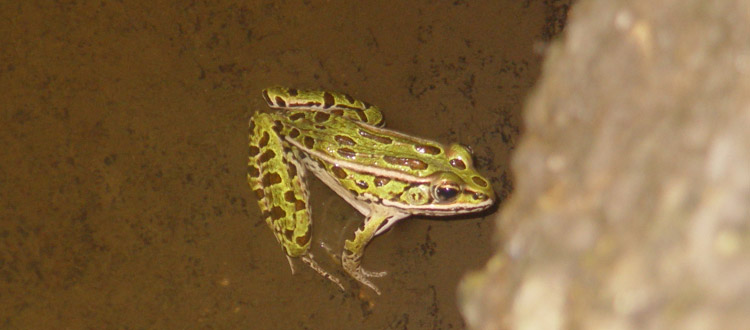Eight species of frogs and toads (seven frog and one toad species) have been confirmed in the Rouge River watershed. When and where can you hear their call? Click the buttons to learn more about each species!
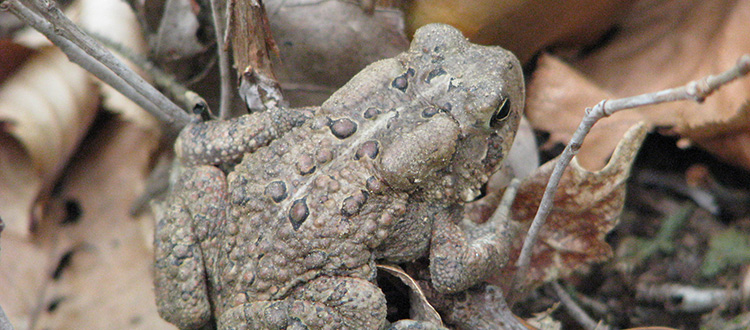
American Toad
The American toad is abundant all over the state and is the most commonly heard frog or toad species in the Rouge River Watershed. American toads begin calling around April 15. The call is a long trill, varying in pitch.
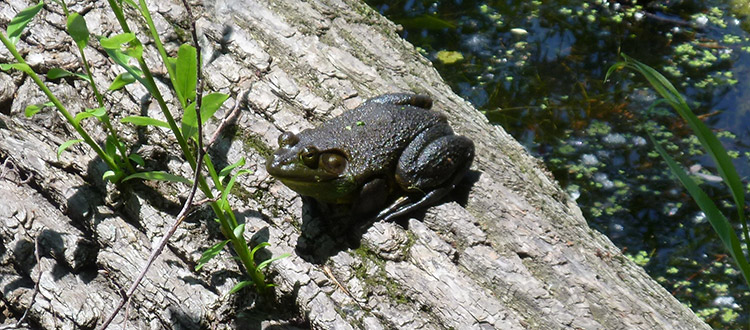
Bullfrog
The state’s largest frog, the bullfrog, can grow up to 8 in. long and live up to 10 years. These frogs are not very common throughout the state and may be declining. Bullfrogs make a rum-rum-rum sound when they start calling in June.
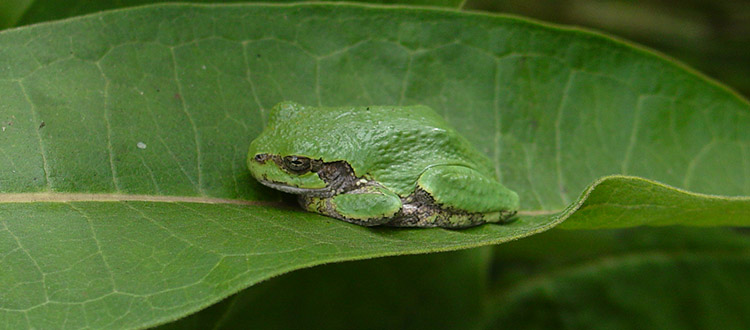
Eastern Gray Treefrog
There are two species of tree frogs in southeast Michigan; eastern gray tree frogs and Cope’s gray tree frogs. Gray tree frogs are small to mid size frogs, ranging from 1.25 to 2.4 inches long.The call of the eastern gray tree frog is a musical trill, beginning around May through the first of June.
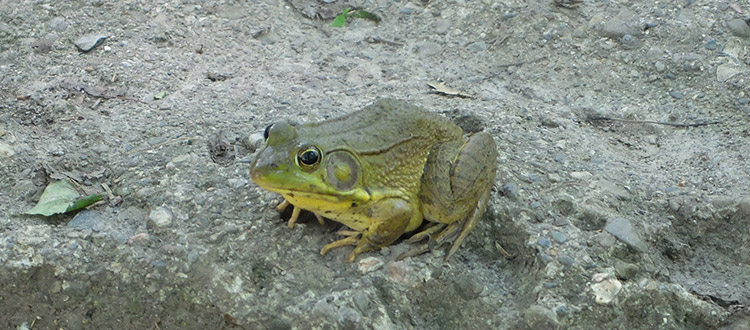
Green Frog
Green frogs are one of Michigan’s largest species, growing up to 6 in. long. Green frogs have the longest window of breeding, calling from May through July and even into August. The green frog call sounds like a banjo string being plucked.
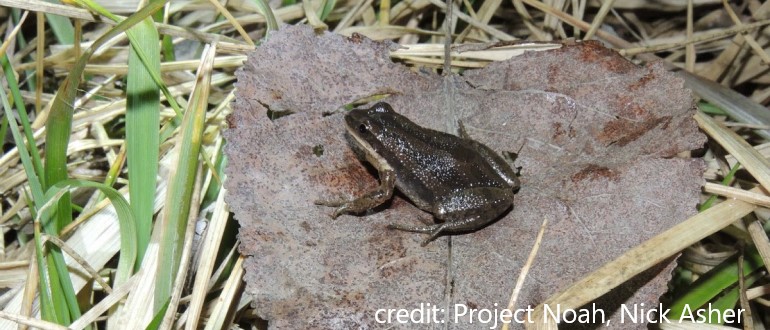
Midland Chorus Frog
Midland chorus frogs (formerly western chorus frog) are tiny frogs (0.75 – 1.5 in. long) found in open shallow vernal ponds. They are the earliest species to begin calling in spring in Michigan and often are heard in March. The call of the midland chorus frog is a short, rising trill that has been likened to the sound made when one runs their thumb down a stiff pocket comb.
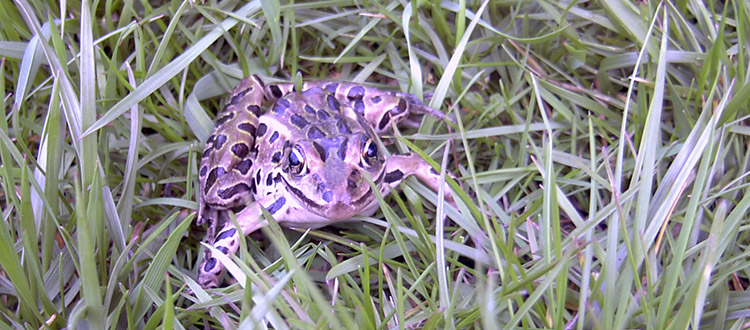
Northern Leopard Frog
Once abundant throughout the state, northern leopard frog populations have been declining since the 1970s. Northern leopard frogs are medium to large size frogs (2 – 4.4 in. long) with round spots on the back and sides and a light belly. The call of the leopard frog is one of the most unusual. It has been likened to a snore or to the sound made when a balloon is rubbed on something.
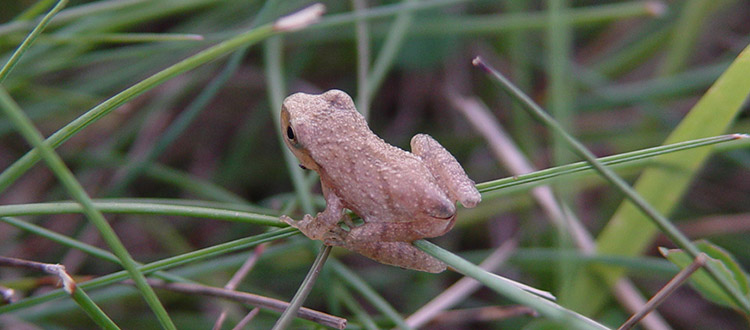
Northern Spring Peeper
The spring peeper is Michigan’s smallest frog (0.75 – 1.38 in. long) but is also the loudest. They can be distinguished from the western chorus frog by the x-shaped mark on the back. The spring peeper “peeps” or jingles. When they are in full chorus, the sound can be unbearably loud and make it difficult to distinguish any other species, especially the western chorus frog.
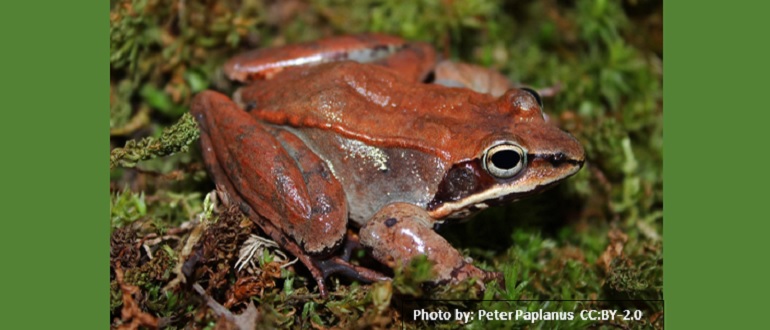
Wood Frog
Wood frogs are medium sized (adults grow up to 3.25 in. long) and are recognized by the black line across their eyes that gives the appearance of being masked. Wood frogs begin calling in the spring around April 1. They have the shortest window of breeding time for any Michigan frog or toad: 1-2 weeks. The call of the wood frog has been likened to the quacking of a duck or the clucking of a chicken.
Categories
-
Our WorkShort description about the category for context.
